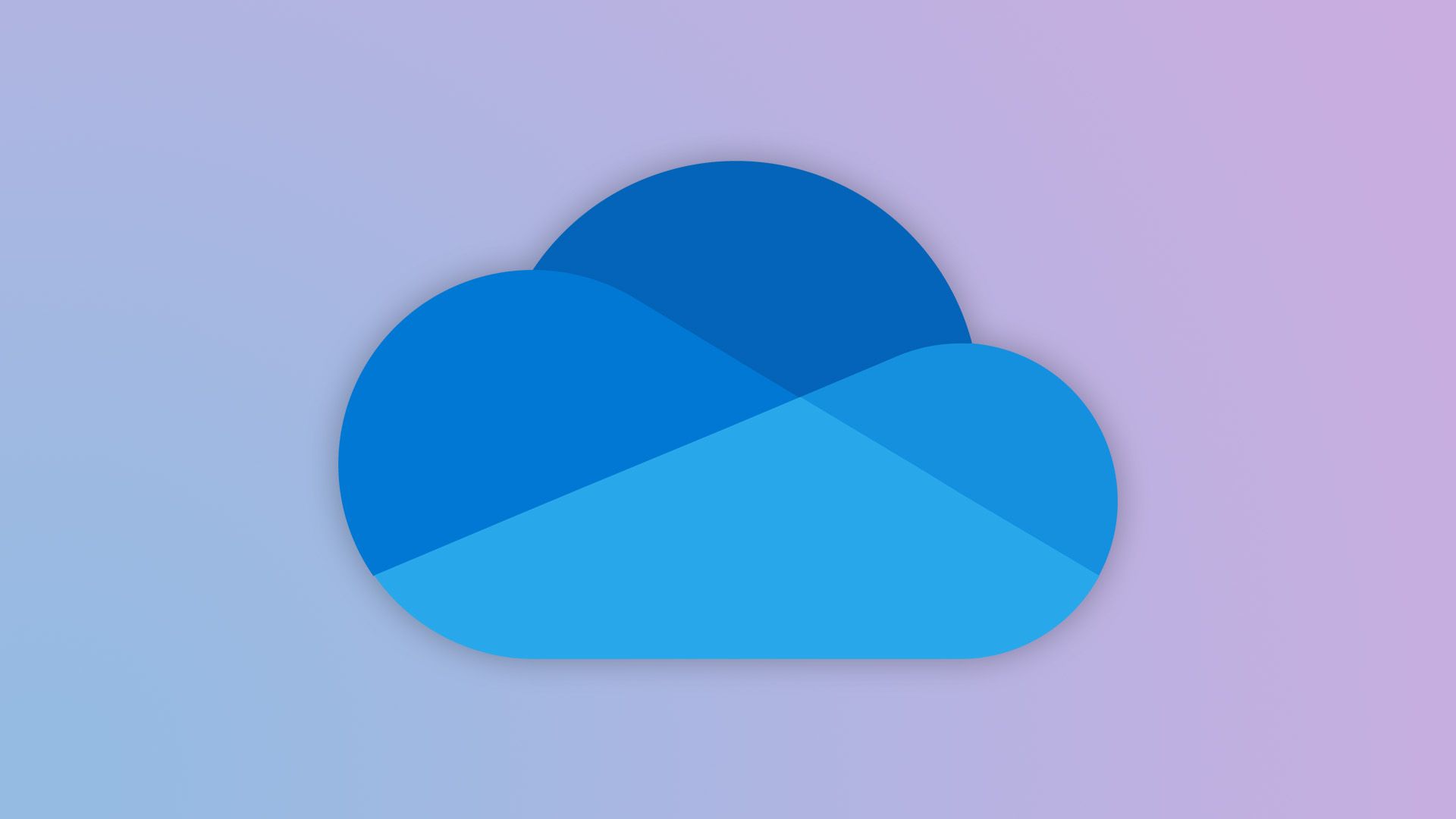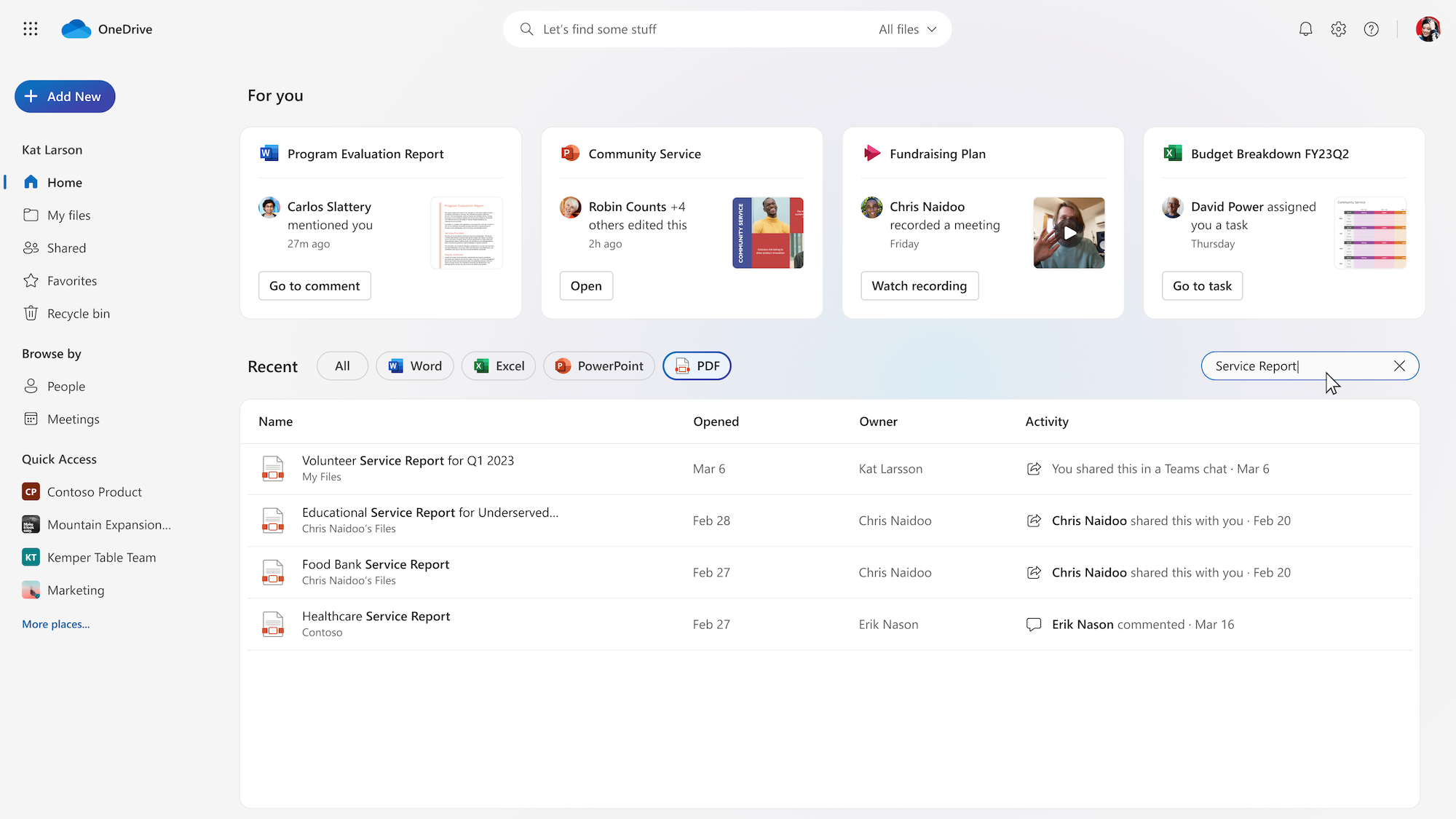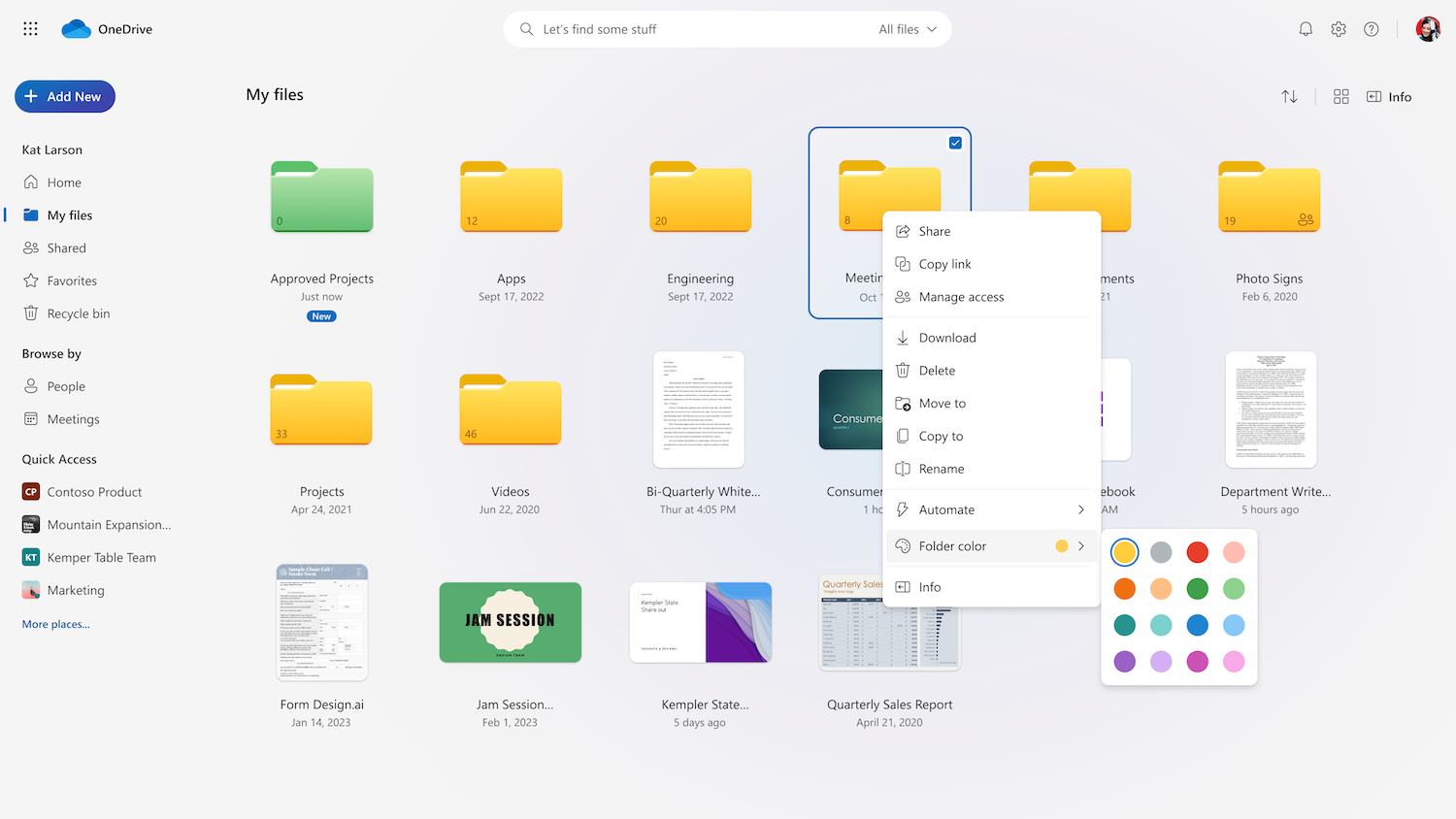Microsoft has rolled out several small improvements to its OneDrive cloud storage service recently, but now the company has announced a complete overhaul for the web version. It has a new look to match Windows 11, and a few new features.
Microsoft announced the new OneDrive web experience in a blog post today, calling it, "both a visual and functional upgrade designed to help you get to files quickly and keep your content organized in multiple ways, without you having to do any organizing." Most notablyntire, OneDrive's appearance has been updated to match the Fluent design language found in Windows 11 and other Microsoft 365 services, with plenty of translucent glass.
The rest of the changes are focused on organization. Microsoft highlighted the "For you" section at the top of the home page, which displays files OneDrive thinks you might need at that moment, such as documents sent in a Teams chat. However, this functionality isn't entirely new -- it was announced in August 2022 for work and school Microsoft accounts. There's still no sign that it's coming to personal accounts, but now it uses "AI-powered file recommendations to surface files personalized to you."
OneDrive is also adding a new Shared view, expected to "roll out this quarter," which displays all your shared documents in one list with filters. A "People" view is coming later in 2023 that displays a list of everyone who has shared files with you, with quick links to each person's documents, and a "Meetings" view with a list of your past and future scheduled meetings. It's clear Microsoft is positioning OneDrive as more of a home page for your work company or school organization, especially since some of these changes might not roll out to personal accounts.
Other changes include a new file type filter, the ability to assign colors to folders, a simpler file sharing popup, and improved OneDrive integration in Teams. Most of today's announced features don't have firm timelines for the rollout, but it's great to see OneDrive become more competitive with Google Drive.
Source: Microsoft



